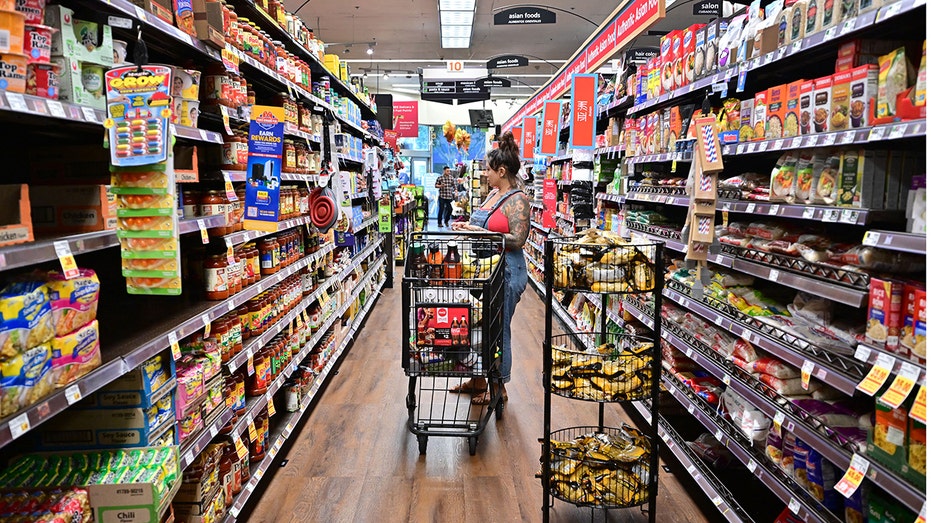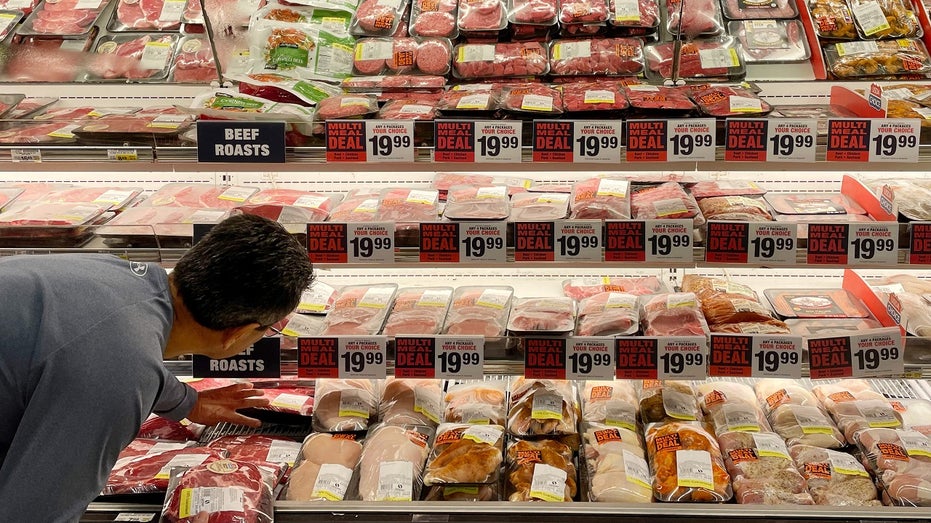More Americans are working a second job as high inflation squeezes
Still-high inflation forcing more Americans to get a side gig
Fed will keep rates elevated until inflation is dead: Jason Katz
UBS managing director and senior portfolio manager Jason Katz discusses whether it's too early for the Fed to cut interest rates on 'Varney & Co.'
The constant presence of high inflation is pushing more Americans to take on a side hustle ahead of the holiday season as the cost of everyday necessities continues to rise.
The Labor Department reported earlier this month that nearly 8.4 million people held multiple jobs in October – the highest level since July 2019, before the COVID-19 pandemic took hold.
In total, they represent about 5.3% of the total U.S. workforce, an increase from 4.8% just one year ago.
INFLATION RISES 2.3% IN OCTOBER, LESS THAN EXPECTED
The growing likelihood of Americans holding more than one job comes as they continue to confront stubbornly high inflation that has rapidly eroded their purchasing power.

A woman shops for groceries at a supermarket in Monterey Park, California on Oct. 19, 2022. ((Photo by FREDERIC J. BROWN/AFP via Getty Images) / Getty Images)
In fact, the government said last week that average hourly earnings for all employees was $11.05 in October, which represents a 3.32% decline from the $11.43 figure in January 2021, shortly before the inflation crisis began.
By that measure, the typical U.S. worker is actually worse off today than two years ago, even though nominal wages are rising at the fastest pace in years.
FED'S POWELL WARNS SLOWER ECONOMIC GROWTH MAY BE NEEDED TO COOL HIGH INFLATION
Inflation has created severe financial pressures for most U.S. households, which are forced to pay more for everyday necessities like food and rent. The burden is disproportionately borne by low-income Americans, whose already-stretched paychecks are heavily impacted by price fluctuations.

A man shops for meat at a Safeway grocery store in Annapolis, Maryland, on May 16, 2022. (Photo by JIM WATSON/AFP via Getty Images / Getty Images)
The consumer price index, a broad measure of the price of everyday goods including gasoline, groceries and rents, was unchanged in October from the previous month, but prices remained up 3.2% on an annual basis.
And when compared with January 2021, shortly before the inflation crisis began, prices are up a stunning 17.62%.
The consumer price index is still running well above the typical pre-pandemic rate, and the cost of necessities like food, gasoline, rent and child care remain far more expensive than they were just one year ago. Chronically high prices are forcing Americans to spend about $650 more per month than they did two years ago, according to a recent estimate from Moody's Analytics.
GET FOX BUSINESS ON THE GO BY CLICKING HERE
As they spend more on everyday goods, Americans are burning through their savings, and are increasingly turning to credit cards to cover those basic expenses.





















